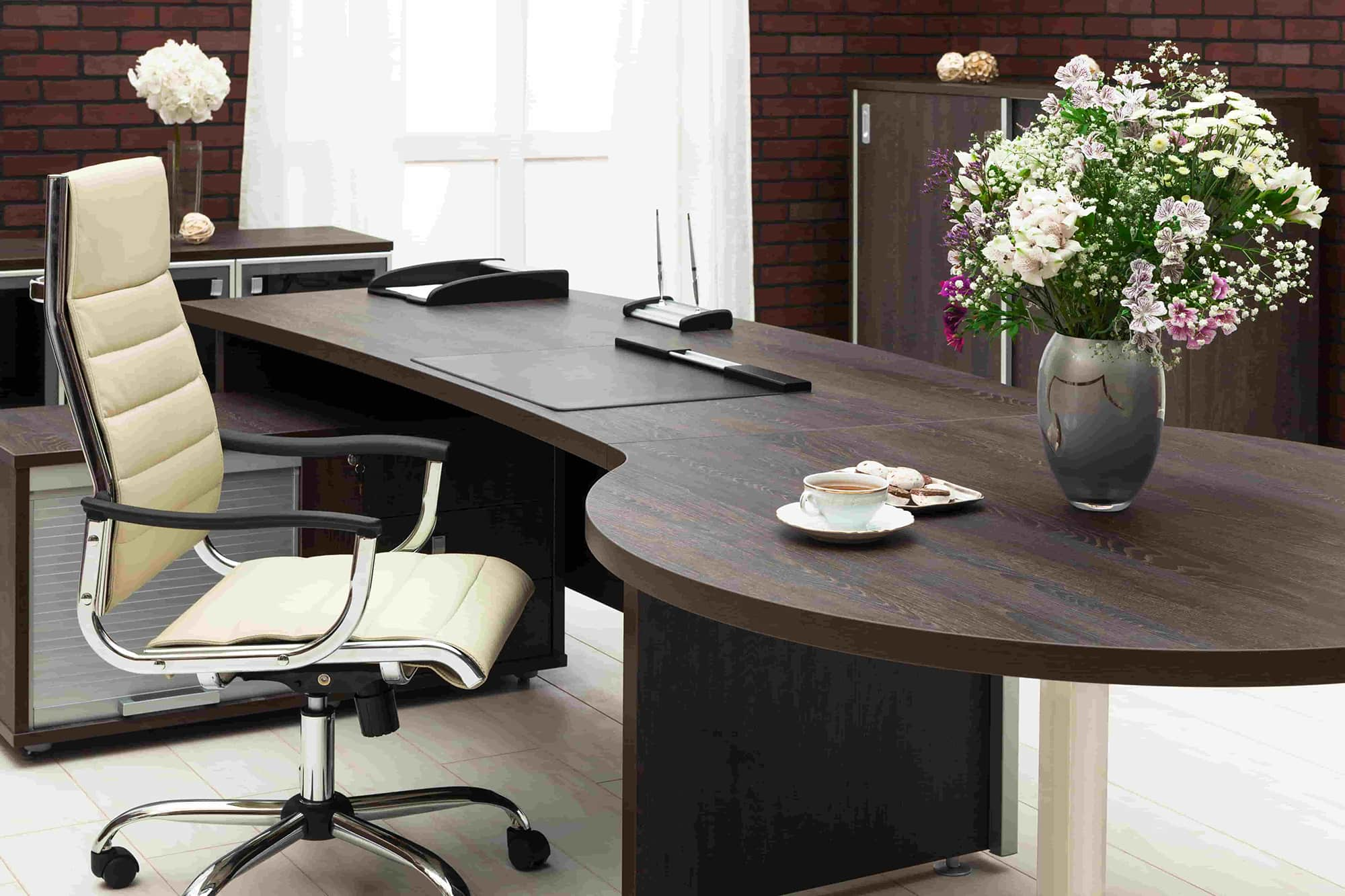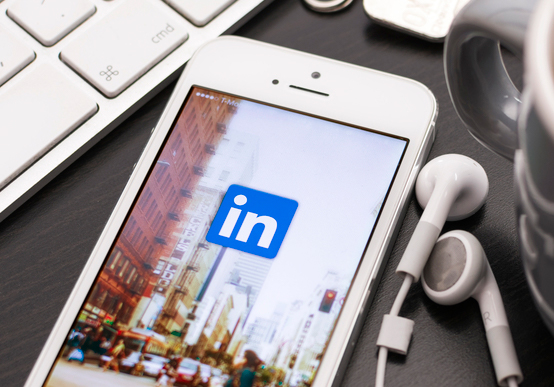Many offices across the country are finding themselves thrust into the world of full-time remote working suddenly and without much preparation. If you, or your company, are new to remote work this may understandably be stressful as you work out the kinks in your processes. This blog post will help you with some practical tips in this transition.
Setting up your home office for success
What does a good home office set up look like?
Watch your posture
Posture is so important for your wellbeing – good posture also impacts serotonin levels in your brain. If you’ve already been working from home sitting on a kitchen or other chair you may have noticed some aches and pains popping up. If your posture has been particularly poor you may even have a ‘burning’ sensation in your muscles or pins and needles.
To improve your posture and reduce this make sure you:
Invest in an ergonomic chair that is adjustable to your body type
Chairs that force you to lean forward will cause poor posture. Chairs that are too low can cause wrist strain. Chairs with arms that are too high can cause ‘shrugging’ which puts pressure on your neck and shoulders. An ideal ergonomic chair has a backrest, armrests and has an adjustable height.
Check your desk height
You should adjust your chair so that it aligns with your desk height properly. Your wrists should not be bent. You may wish to invest in wrist supports for your keyboard and mouse if you are finding the edge of the desk is irritating your skin or the pressure is uncomfortable. Your shoulders and forearms should be relaxed and you should be facing your desk straight on. Do not turn to look at a screen – instead adjust your screens.
Adjust your screen height and positions
Your screen(s) should be directly in front of you, so that you do not need to turn your head when sitting. Your screen should be at a distance of between 45cm and 70cm from your head. You should not need to look down or up to see your screens. An easy way to get the correct height is to align the top of the monitor at eye-level.
You may need a laptop stand, or a stack of books (or paper reams) can also be used to achieve this result.
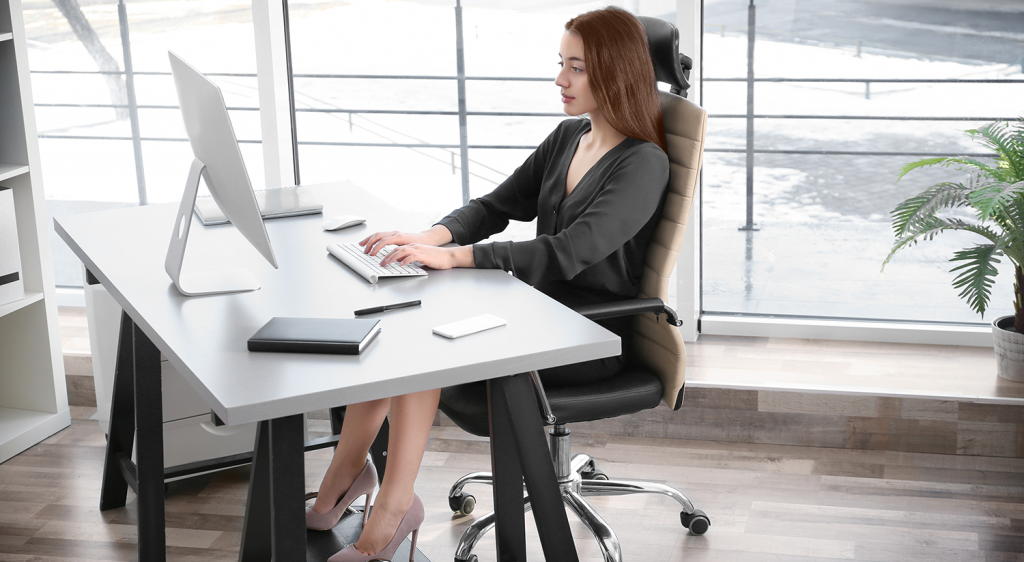
Boost your productivity with the right office set up
Once you have the ideal ergonomic set up for your home office, you can do the following to boost your productivity.
Check your lighting
If possible, place your desk as close as possible to natural light (with the light in front of you for best results in video calls). Getting enough natural light is extra important if you are working from home and aren’t getting much without your commute. Natural light from the sun gives you energy and helps you regulate your sleep cycles. This is likely to improve your mood and creativity.
Avoid clutter – cluttered desk, cluttered mind.
Your home setup may not be as streamlined as in the office. You may wish to invest in wireless devices to reduce clutter or consolidate and organise the wires.
Go green
Adding some plants to your home office can help to create a relaxing environment and improve air quality. Greenier will also improve your mood, especially during the COVID-19 pandemic when we are being encouraged to stay home. Plants can also add a calming touch on video calls to customers.
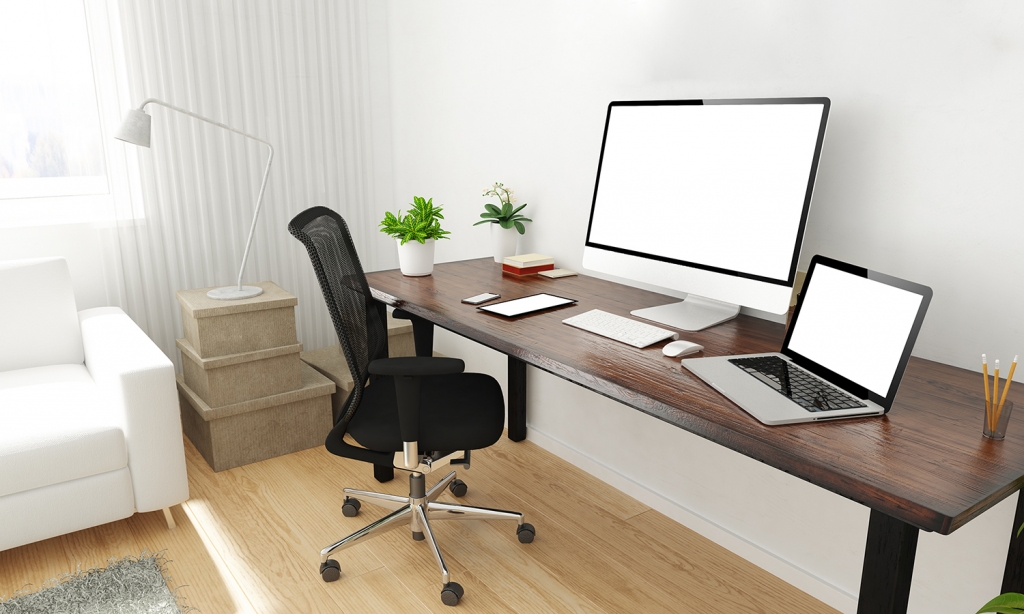
Collaborating with team members
You may have seen advice floating around along the lines of “over communicate” and “always be available”. This is terrible advice! Over-communicating creates unnecessary work and noise and if you’re always available you won’t get any productive work done. Behave as if you are in the office – there are times you are not available because you are in a meeting or busy with work.
You may wish to establish some team practices in Microsoft Teams like setting a status when you are in meetings or out for lunch. You may wish to ‘wave’ hello and goodbye for the day, as you would in the office. Some teams are instituting morning coffee-chats for the ‘water cooler’ chats that they are missing in a physical office.
Microsoft Productivity tools, such as Microsoft Teams, can help you collaborate. Altus helps you collaborate by bringing the whole team together to communicate, manage documents and work on artefacts; all in a single location. You can use Microsoft Project in Microsoft Teams to encourage all team members to work on tasks simultaneously. Planning is easy and intelligent through the use of automatic resource management and scheduling.
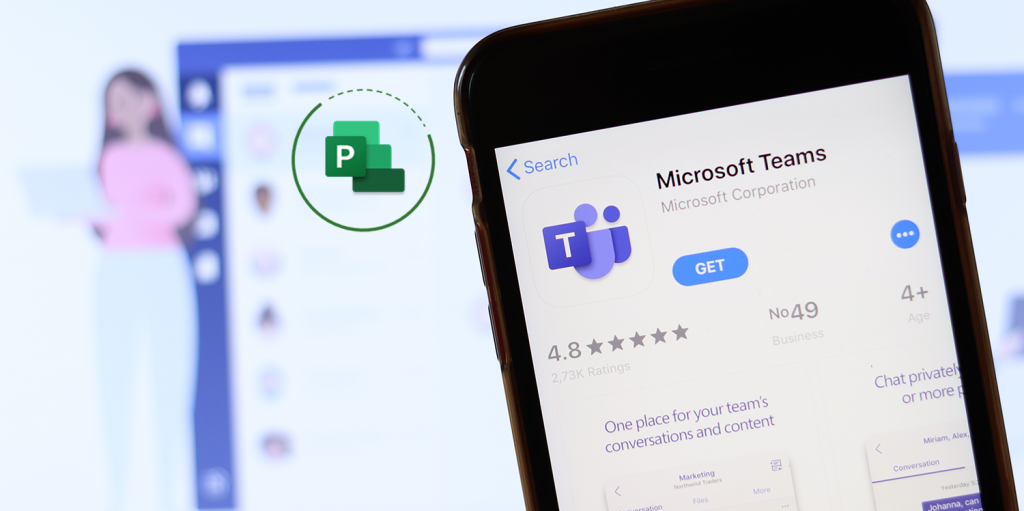
Managing projects from your home office
The modern project manager knows that work is something that we do, not somewhere that we go. Working from home shouldn’t change this, and we have the tools to help you. Altus, which is a new way of working can help you deliver on organisational objectives through prioritising and connecting projects, programs and portfolios. Visibility of projects helps you limit delays and resolve bottlenecks quickly with optimised utilisation across tasks.
Staying productive and keep focus
The COVID-19 pandemic is a stressful time. You may not be as productive as you would be from home at other times. But that doesn’t mean you can’t still be productive. Minimise distractions at home – if you have a family make sure they know you are working. Go into your office at the start of your day and don’t come out (except for breaks) until the end. Let me know not to interrupt you unless it’s something they would call you about while at work (because you are!). Avoid the TV and the fridge during work hours. Clean up your desk at the end of the day like you would in the office.
Plans and to-do lists help with productivity. Altus helps you stay on top of your growing task list by viewing, actioning, and tracking your work and actions across all your projects.
Taking breaks and keeping balance
It’s tempting to start work as soon as you get up and not log off until your usual time. This is a sure-fire way to burn out. Enforce your office hours. Separate your work space from your relaxing space. Make sure to still eat healthy and drink plenty of water.
As you don’t have a commute at the moment, you’re likely being less active. Take a break to stand up and stretch every few hours. Go for a walk on your breaks. If you have meetings that you don’t need your laptop for, take them while walking around the house or yard (if you have one). Keeping active is good for both your physical and mental wellbeing.

By Cicilie Arentz
Cicilie Arentz is the Head of Brand & Digital Marketing at Sensei and has over 15 years of B2B marketing experience working for technology organisations ranging from large corporates to small businesses in both Europe and Australia.
